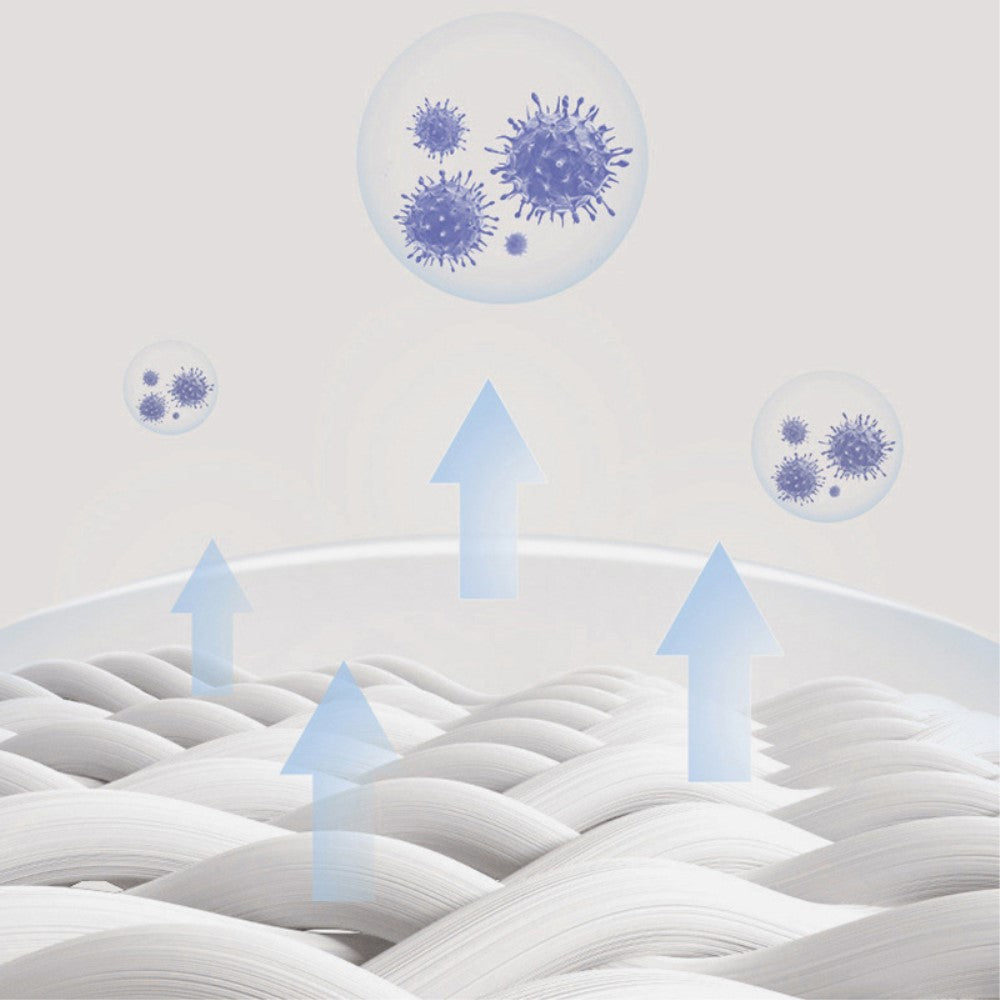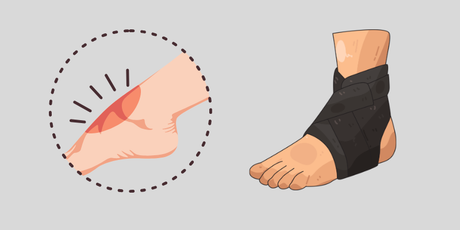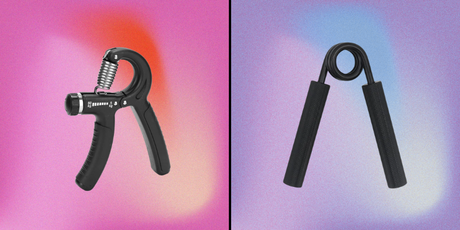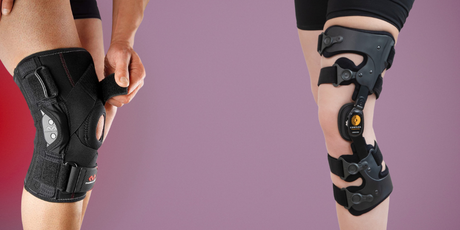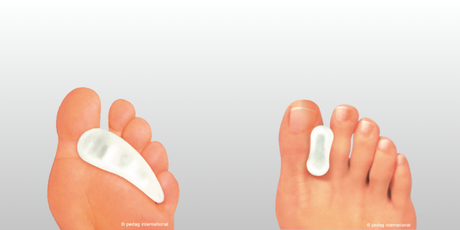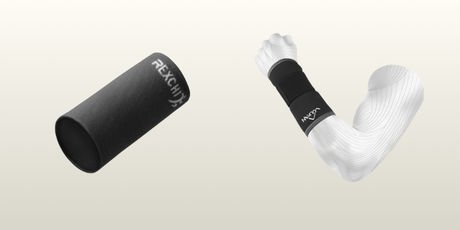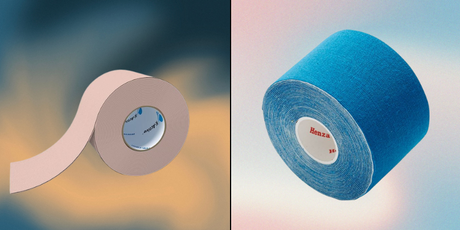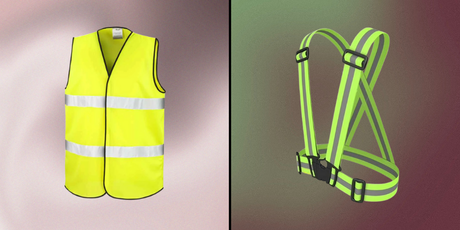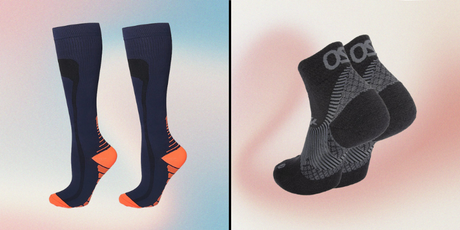Athlete's foot, also known as tinea pedis, is a common fungal infection that affects the skin of the feet, often between the toes. It is caused by a fungus called dermatophytes, and it is an infection that thrives in moist areas where the skin is exposed to heat and moisture. Athlete's foot is easily transmitted through direct or indirect contact with infected skin, for example via contaminated floors in changing rooms and showers.
Symptoms of athlete's foot
Athlete's foot typically causes itching, irritation, and sometimes cracking of the skin. It often starts between the toes and can spread to other parts of the foot or to the toenails if not treated. The most common symptoms include:
-
Itching and burning on the affected areas
-
Flaky skin and cracks in the skin, especially between the toes
-
Foot sweat, which creates a moist environment for the fungus to thrive
-
Redness and irritation on the affected areas
-
Itching and burning sensation, especially when wearing tight shoes or damp socks
In more unusual cases, athlete's foot can cause blisters and even lead to a nail fungus if the infection spreads to the toenails.
Causes of athlete's foot
Athlete's foot is an infection caused by dermatophytes, a type of fungus that lives on dead skin cells. It thrives in warm and humid environments, so it often occurs in places where you go barefoot, such as swimming pools, changing rooms or on contaminated floors. It can also spread through indirect contact, such as using the same towel or shoes as an infected person.
Risk factors for getting athlete 's foot include:
- Going barefoot in public showers or changing rooms
-
Tight shoes that keep the feet moist and warm
- Wearing cotton socks, which do not always absorb moisture sufficiently
- People with athlete's foot are at increased risk, as the fungus thrives in moist environments
Preventive measures
It is not always possible to completely avoid athlete 's foot, but there are several things you can do to prevent athlete's foot and reduce your risk of getting it:
-
Wear flip-flops in swimming pools and changing rooms to protect your feet from coming into contact with infected surfaces.
-
Wash and dry feet thoroughly, especially between the toes, to avoid trapping moisture and creating an environment where the fungus can thrive.
- Change into cotton socks daily to keep your feet dry, and avoid wearing tight shoes for long periods.
- If you have foot sweat, you can use an antiperspirant, such as absolute dry or foot spray, to keep your feet dry.
When should you seek medical attention?
If you have severe itching, cracks in the skin, or if the athlete's foot does not go away despite treatment, you should seek medical attention. Seeking medical attention is also important if the infection spreads to the nails, as this can lead to nail fungus. A doctor can help you determine the best treatment for your situation.
How to treat and prevent athlete's foot
Athlete's foot (tinea pedis) is a common fungal infection that causes irritation, itching and sometimes cracks on the feet. It is important to treat the infection quickly with over-the-counter medicines, such as creams or sprays, and to continue treatment until the infection is completely gone. Preventive measures such as wearing flip-flops, keeping your feet dry, and changing socks regularly can reduce the risk of contracting athlete's foot in the future.
If you experience severe symptoms or if athlete's foot does not go away despite treatment, contact a healthcare provider for further help and advice.
